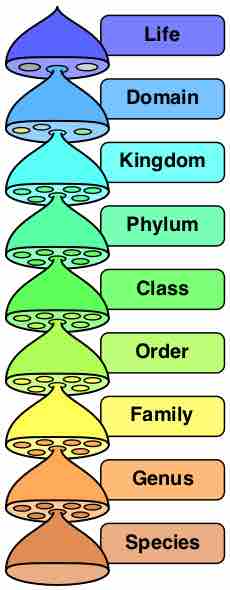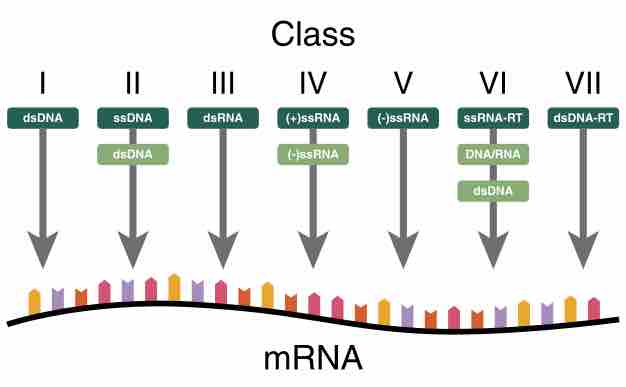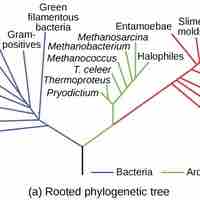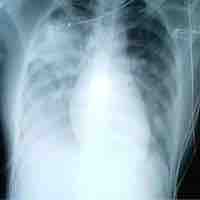Section 3
Classifying Viruses
Book
Version 6
By Boundless
By Boundless
Boundless Microbiology
Microbiology
by Boundless
4 concepts

The International Committee on Taxonomy of Viruses
The International Committee on Taxonomy of Viruses (ICTV) establishes guidelines to maintain viral family uniformity.

The Baltimore Virus Classification
The Baltimore classification groups viruses into families depending on their type of genome.

Evolution of Viruses
The evolution of viruses is speculative as they do not fossilize; biochemical and genetic information is used to create virus histories.

Medical Importance of Viruses
Viruses are obligate intracellular parasites that hijack a host cell's machinery to replicate, thereby causing disease.